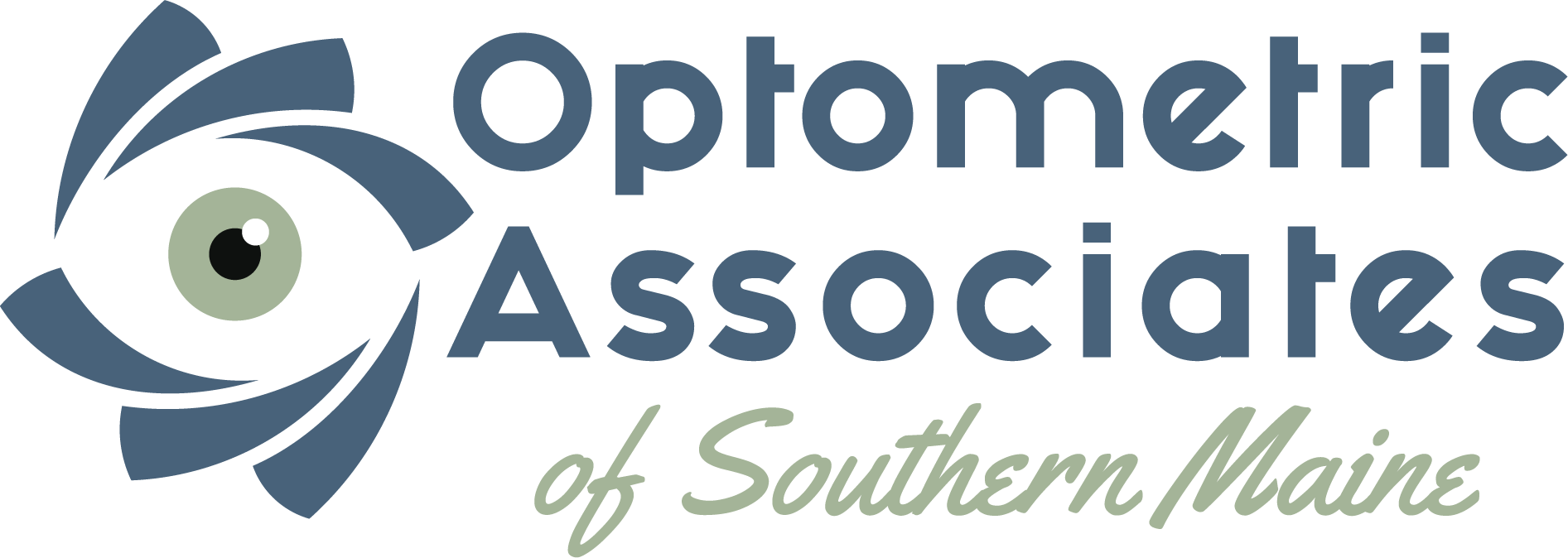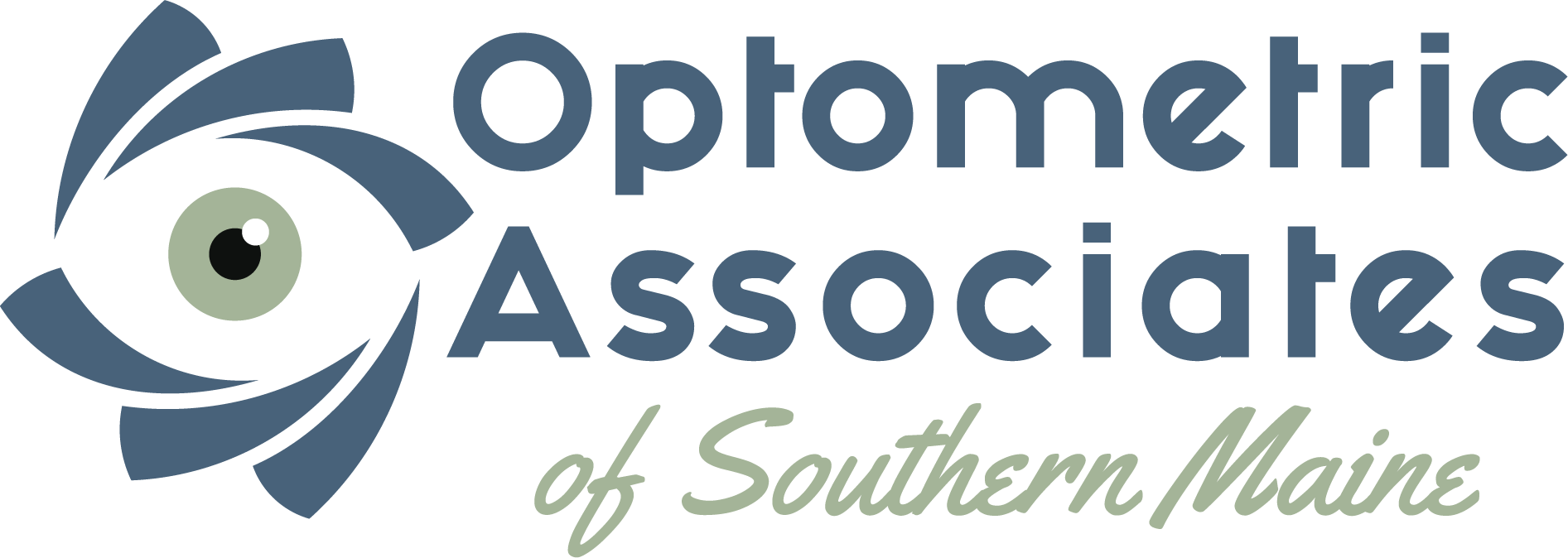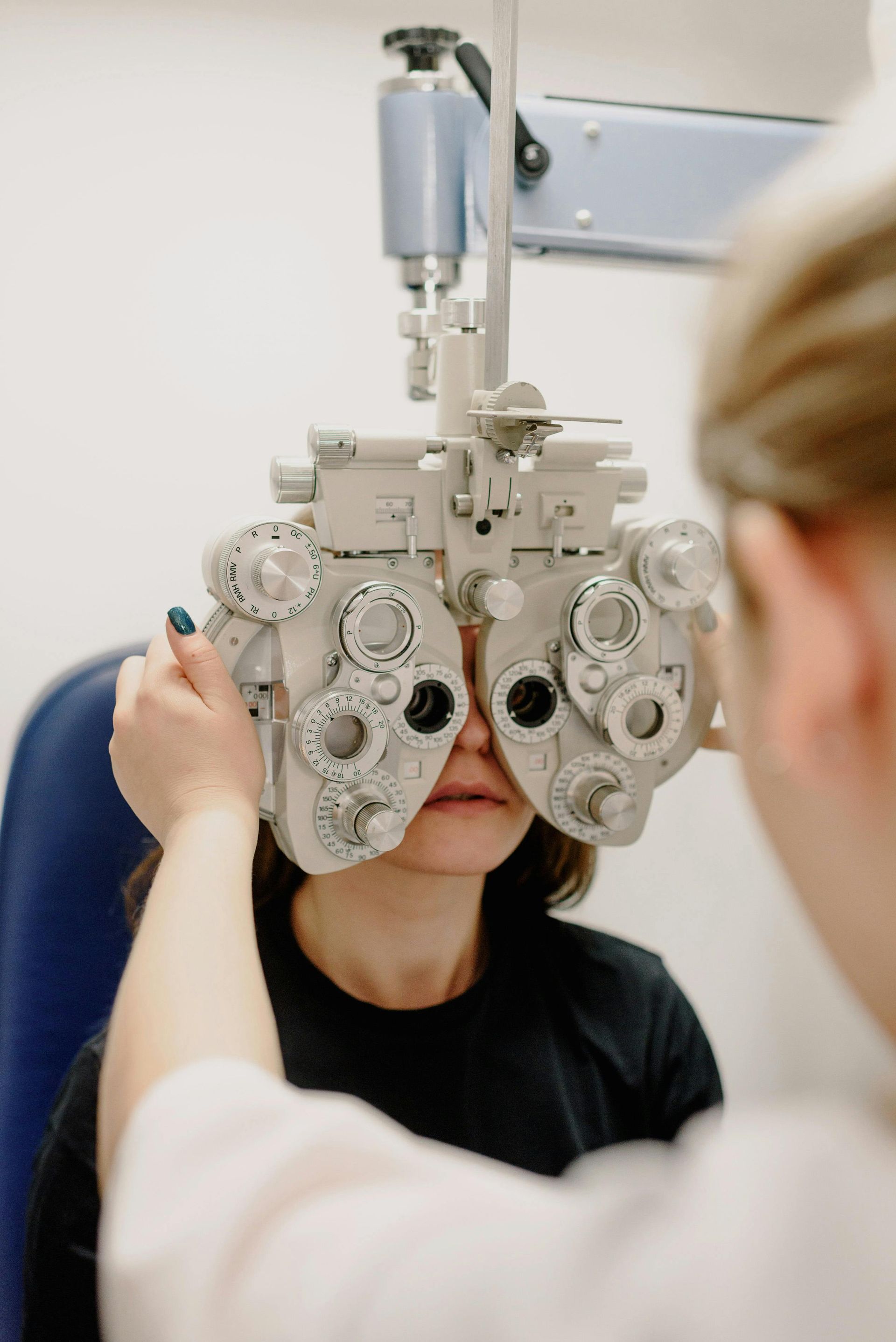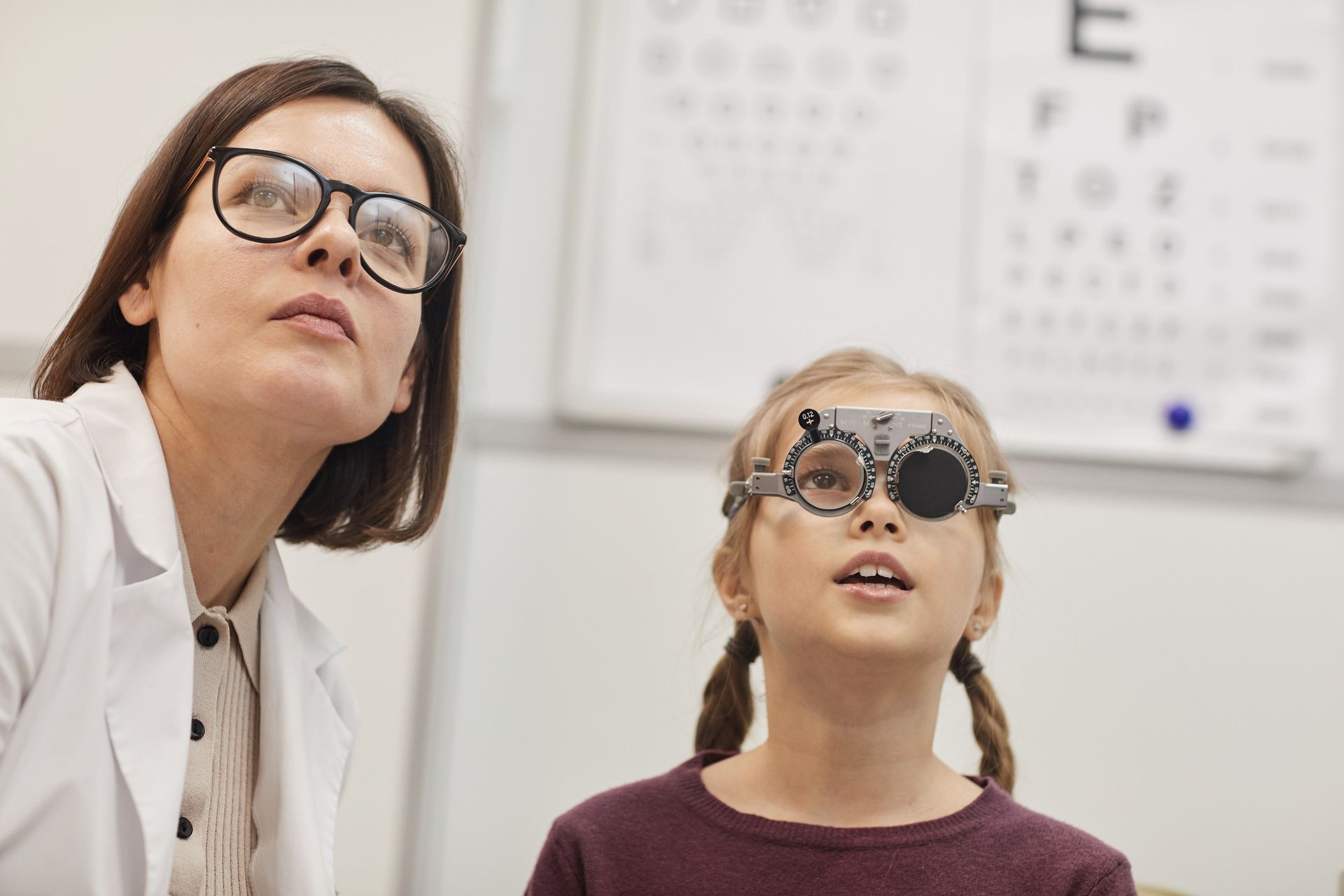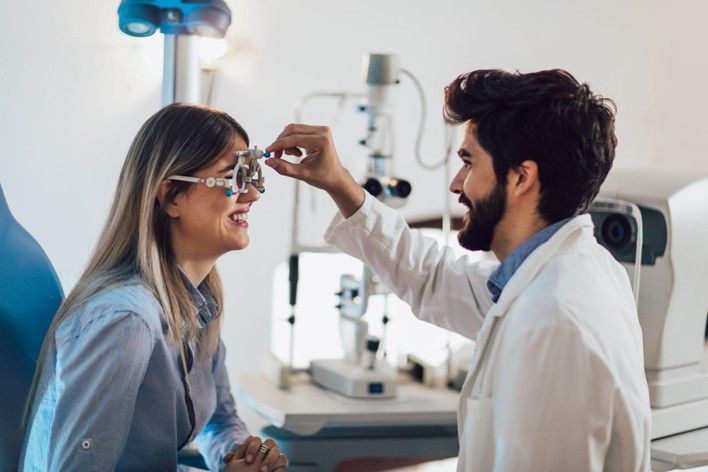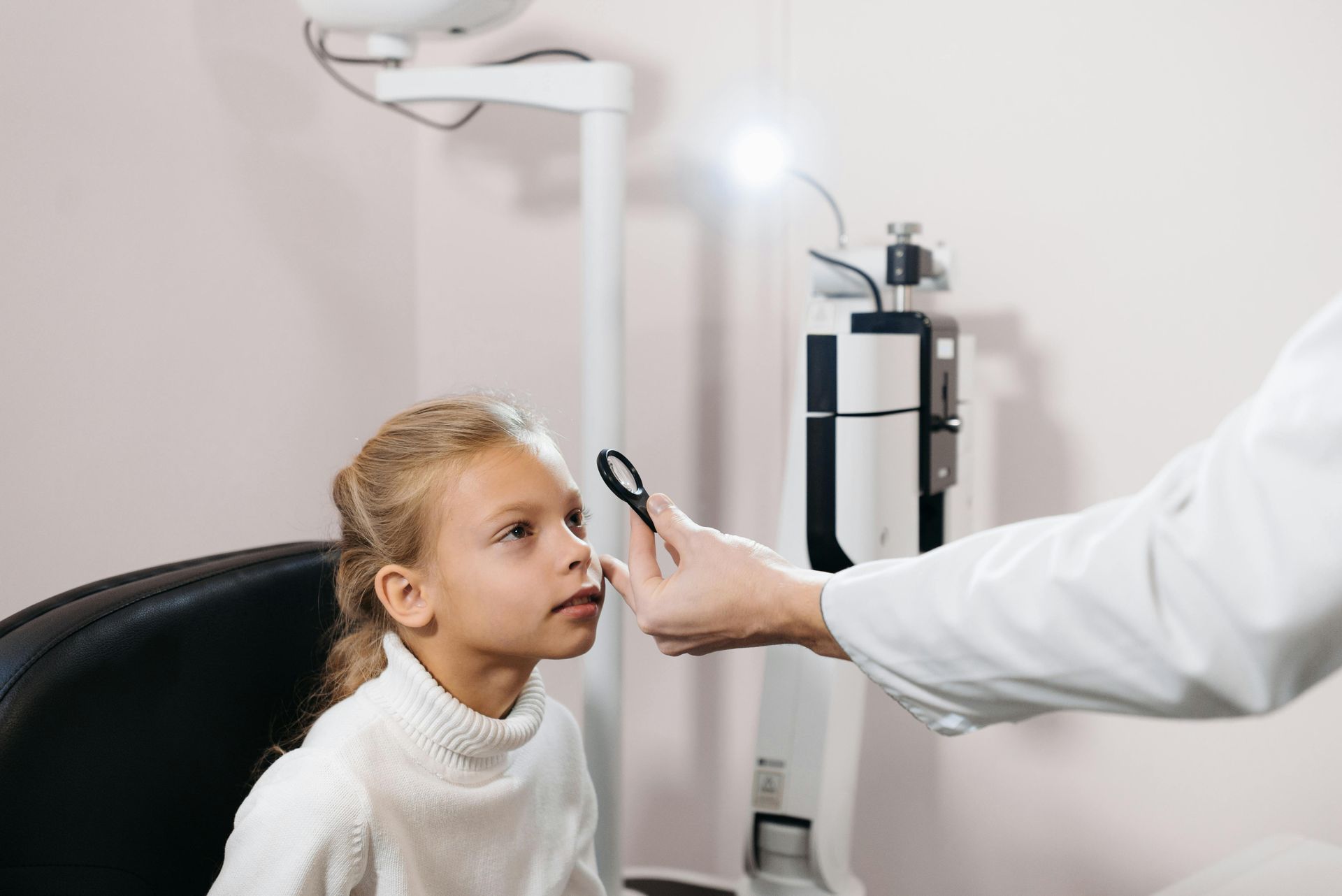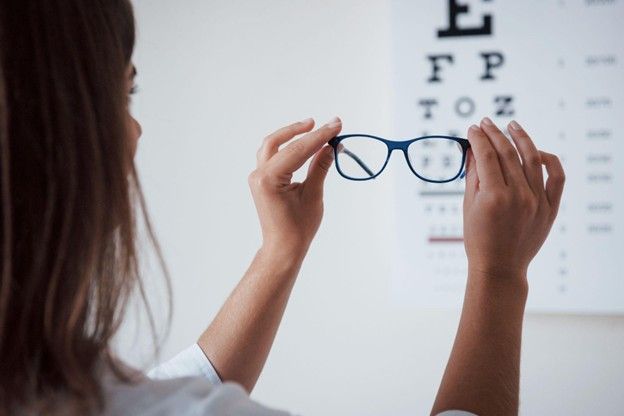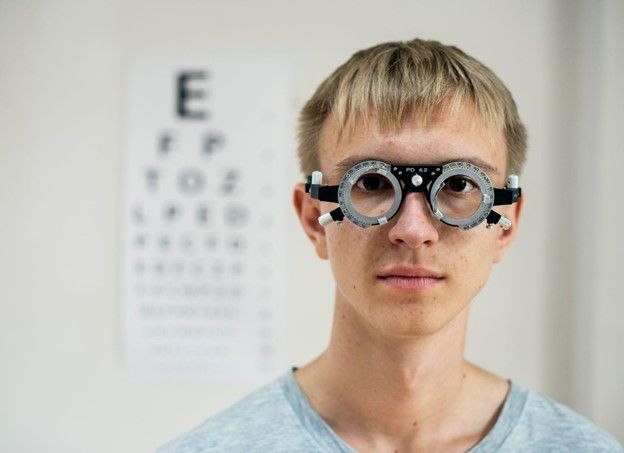Top 10 Reasons to Visit an Optometrist in 2025: Expert Eye Care Tips You Shouldn’t Ignore
Why Eye Health Matters More Than Ever
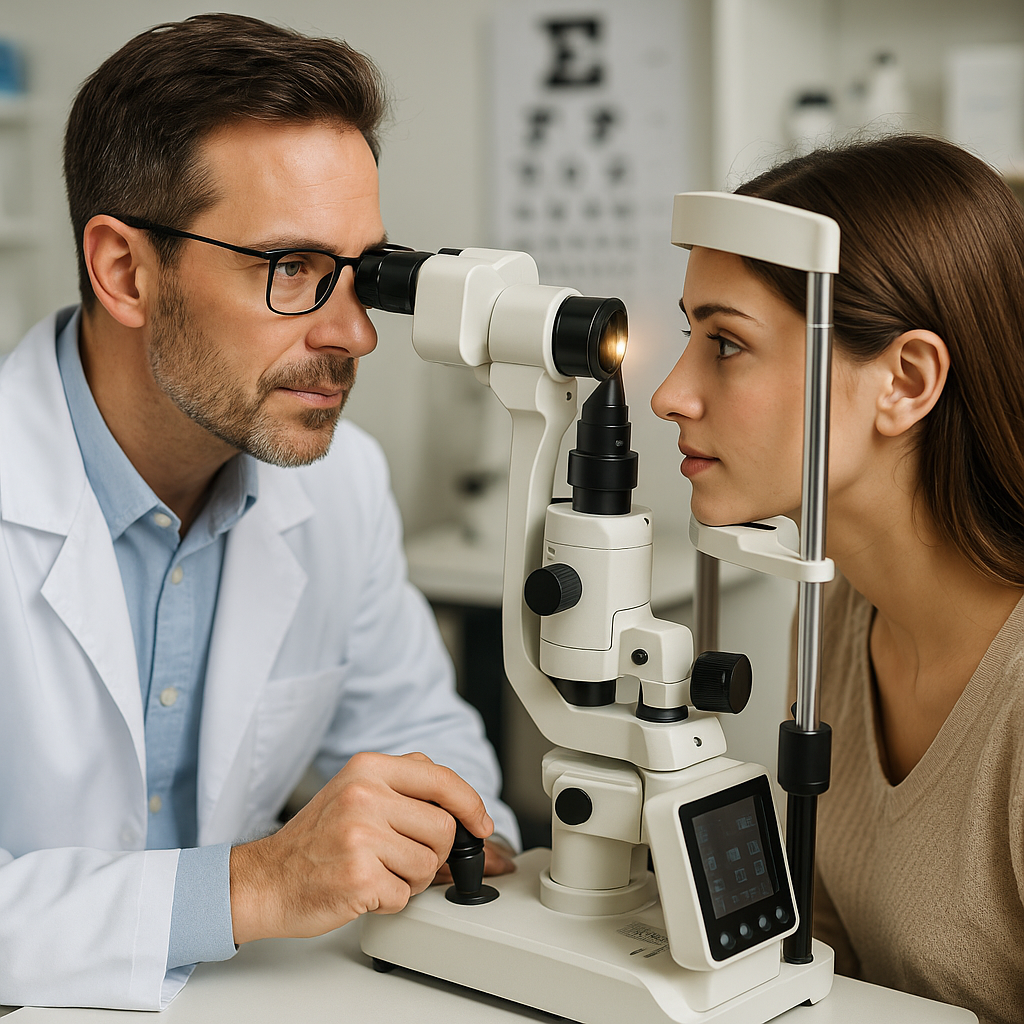
In today’s digital-first world, our eyes are under constant strain. From endless hours on screens to exposure to artificial lighting, maintaining optimal eye health has become more crucial than ever. Visiting an optometrist isn’t just about getting new glasses—it’s about preserving one of your most precious senses: vision.
Optometrists play a vital role in detecting, managing, and preventing eye conditions that could lead to long-term vision problems. Whether you’re experiencing headaches, blurry vision, or haven’t had an eye exam in years, now is the perfect time to prioritize your visual health.
Who Is an Optometrist? Understanding Their Role in Vision Care
An optometrist is a healthcare professional who specializes in diagnosing and treating vision problems, prescribing corrective lenses, and detecting eye diseases. They are the first line of defense for eye health and often identify issues before they become serious.
Optometrist vs. Ophthalmologist vs. Optician
- Optometrist (OD): Conducts vision tests, prescribes glasses or contact lenses, and diagnoses common eye diseases.
- Ophthalmologist (MD): A medical doctor who performs eye surgeries and treats more complex eye conditions.
- Optician: Fits and dispenses eyewear based on prescriptions from optometrists or ophthalmologists.
Education and Training of an Optometrist
Becoming an optometrist requires rigorous education, including a four-year Doctor of Optometry (OD) degree after undergraduate studies. Many optometrists also pursue additional training in specialties like pediatric eye care, ocular disease, or low-vision rehabilitation.
The Importance of Regular Eye Exams
Even if you think your vision is fine, regular eye exams can detect early signs of diseases like glaucoma, macular degeneration, or diabetic retinopathy—conditions that often have no early symptoms.
How Often Should You Visit an Optometrist?
- Children (0–18 years): Every 1–2 years
- Adults (19–40 years): Every 2 years
- Adults (40+ years): Annually
- High-risk groups (diabetics, family history): Every 6–12 months
Early Detection of Eye Diseases
Many serious eye diseases progress silently. An optometrist can catch them before irreversible damage occurs, using advanced diagnostic equipment like retinal imaging and optical coherence tomography (OCT) scans.
Top 10 Reasons to See an Optometrist
- Blurry Vision or Difficulty Focusing – A common sign that your prescription has changed.
- Frequent Headaches or Eye Strain – May indicate eye misalignment or digital fatigue.
- Digital Eye Fatigue (Screen Time Effects) – Optometrists can recommend blue light protection and screen hygiene tips.
- Changes in Vision or Color Perception – Could be early signs of cataracts or retinal issues.
- Preventive Eye Health and Annual Checkups – Regular exams detect issues early.
- Contact Lens and Eyeglass Prescriptions – Updated lenses improve vision and comfort.
- Pediatric Eye Care and Vision Development – Essential for learning and school performance.
- Management of Eye Diseases – Optometrists manage glaucoma, dry eye, and more.
- Pre- and Post-Surgical Eye Care Support – Provides continuity and care coordination.
- Lifestyle and Nutritional Eye Health Advice – Guidance on vitamins, hydration, and screen breaks.
Modern Tools and Technologies Used by Optometrists
Technology has revolutionized optometry. From AI-powered diagnostics to 3D retinal scans, today’s optometrists provide more accurate and efficient care than ever.
Digital Retinal Imaging and OCT Scans
These tools allow for detailed visualization of the retina, helping detect diseases early.
AI and Tele-Optometry: The Future of Eye Care
AI can now analyze retinal images to spot diabetic retinopathy or macular degeneration remotely, making eye care more accessible.
How to Choose the Right Optometrist
When selecting an optometrist, consider:
- Credentials and years of experience
- Modern diagnostic tools
- Positive patient reviews
- Accessibility and insurance acceptance
During your first visit, ask about their approach to preventive care and follow-up.
Cost and Insurance Coverage for Optometry Services
Most insurance plans cover routine eye exams, but specialized tests or contact lens fittings may cost extra. Always verify your coverage beforehand.
How Optometrists Promote Preventive Health and Wellness
Eye exams often reveal systemic health issues such as diabetes, hypertension, or thyroid disorders, allowing for early intervention.
Common Myths About Optometrists Debunked
- Myth: “If I can see fine, I don’t need an eye exam.”
Fact: Eye diseases can develop silently. - Myth: “Optometrists only prescribe glasses.”
Fact: They manage complex ocular diseases too. - Myth: “Children don’t need eye exams.”
Fact: Early detection is crucial for learning development.
FAQs About Optometrists
Q1: How long does an eye exam take?
A: Typically 30–45 minutes, depending on tests.
Q2: Can an optometrist detect diabetes?
A: Yes, through retinal exams that reveal vascular changes.
Q3: Is it safe to wear contact lenses daily?
A: Yes, with proper hygiene and regular eye checkups.
Q4: What’s the difference between vision screening and a comprehensive eye exam?
A: Screenings detect surface-level issues; exams go deeper into eye health.
Q5: Can children wear contact lenses?
A: Yes, especially responsible teens with proper supervision.
Q6: How often should seniors visit an optometrist?
A: Annually, or more frequently if managing chronic eye conditions.
Conclusion: Investing in Your Vision Health for a Brighter Future
Your vision shapes how you experience the world. Don’t wait for problems to arise before seeing an optometrist—make it a routine part of your healthcare. Regular eye exams protect not just your sight but your overall well-being.
